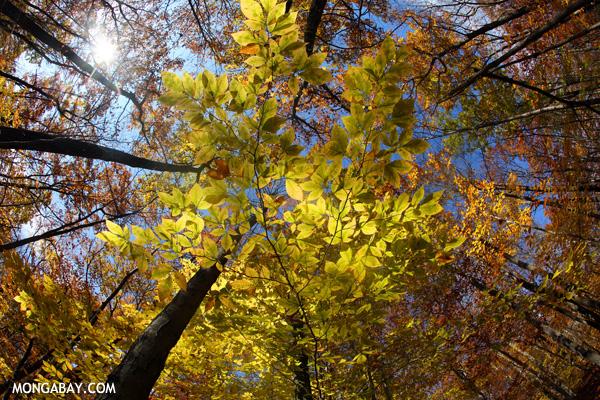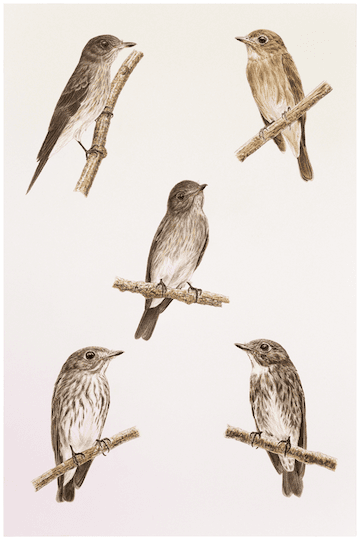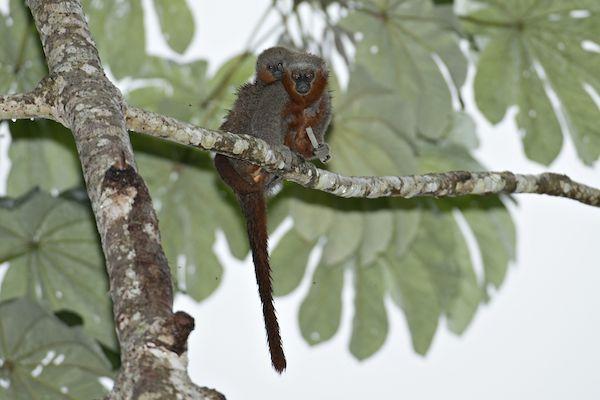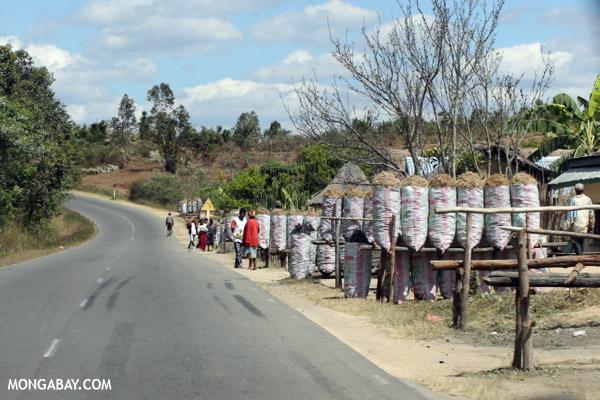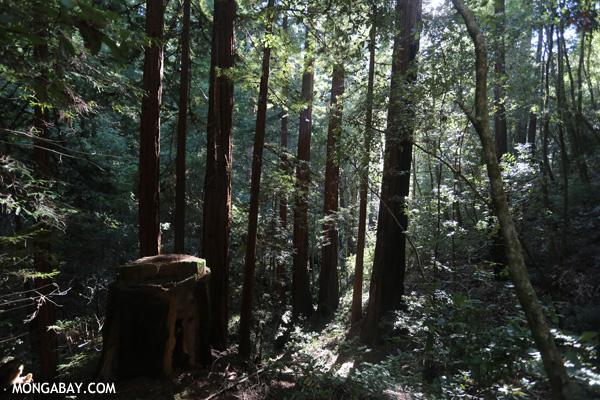Mike Gaworecki
Author
CONTACT ME
Website: news.mongabay.com
LATEST
Mangrove Forests Need Protecting According to UN Study
Protecting Mangrove Forests Good For Environment And Economy: UN Global destruction of mangrove forests impacts biodiversity, food security, and the lives and livelihoods of some of the most marginalized communities in the world, according to the United Nations Environment Program (UNEP).
|
Study Finds Forest Soil Releases Carbon For Decades
Soil plays a big role in the global carbon cycle, but how much or how quickly forest soil carbon pools decline after logging is poorly understood.
|
New Confirmed Bird Species in Indonesia
Although it’s a hotspot of avian biodiversity, the Indonesian island of Sulawesi has been “poorly studied ornithologically,” according to a study published in the scientific journal PloS One. Case in point: the subject of the study, a new species of flycatcher first observed in 1997 but not formally described by scientists until November 2014.
|
New Monkey Species Found In Threatened Amazon Forest
In 2011, Julio César Dalponte noticed a peculiar looking titi monkey on the bank of the Roosevelt River in Mato Grasso, Brazil. Titi monkeys, genus Callicebus, are common throughout South America, but this one had a flaming orange tail, light gray forehead stripe and ochre sideburns, which didn’t match any known titi species.
|
Somali Charcoal: Funding Terrorism Through Deforestation
Militant terrorist group Al-Shabaab funds itself, in part, through the illegal production and sale of charcoal, turning Somalia’s trees into “black gold.” Because areas of the country controlled by the group aren’t accessible to researchers, it’s difficult to determine just how many trees are cut down to fuel Al-Shabaab’s violent agenda.
|
Biofuels Hurting Environment, More Than Helping
A new report from the World Resources Institute finds that dedicating land to the production of biofuels, a form of renewable energy made from plants, may undermine efforts to achieve a sustainable food future, combat climate change, and protect forests.
|
Changing California Forests May Help Us Prepare for the Future
A new study published by the Proceedings of the National Academy of Sciences examines how California’s forests have changed since the 1930s--and, according to its authors, can help us understand how forests will respond to the changing global climate in the future.
|
Environmental Activists Criticize Paper Mill in Indonesia
The owner of the only mill in Indonesia equipped to produce dissolving pulp, Toba Pulp Lestari (TPL), is being held out as emblematic of the risks the industry’s massive recent growth pose to endangered forests.
|
Deforestation on Amazon Rivers Has Lasting Impacts
Vast areas of the Amazon forest are being destroyed for agricultural uses, mainly industrial-scale soybean crops, and turned into pasture land for livestock. The riparian forests surrounding streams have not been exempt from this trend. And though headwater streams in the Brazilian Amazon are valuable aquatic ecosystems, little research has been done to determine how deforestation is impacting the streams’ environmental integrity and ability to function as natural habitats.
|
Pygmy Elephants Lose Forest to Palm Oil Plantations
Best estimates put the number of pygmy elephants in Malaysian Borneo at approximately 2,200, but no one can be sure how many have lost their lives in recent years as palm plantations encroach further and further into the rainforest.
|
Mangrove Forests Need Protecting According to UN Study
Protecting Mangrove Forests Good For Environment And Economy: UN Global destruction of mangrove forests impacts biodiversity, food security, and the lives and livelihoods of some of the most marginalized communities in the world, according to the United Nations Environment Program (UNEP).
|
Study Finds Forest Soil Releases Carbon For Decades
Soil plays a big role in the global carbon cycle, but how much or how quickly forest soil carbon pools decline after logging is poorly understood.
|
New Confirmed Bird Species in Indonesia
Although it’s a hotspot of avian biodiversity, the Indonesian island of Sulawesi has been “poorly studied ornithologically,” according to a study published in the scientific journal PloS One. Case in point: the subject of the study, a new species of flycatcher first observed in 1997 but not formally described by scientists until November 2014.
|
New Monkey Species Found In Threatened Amazon Forest
In 2011, Julio César Dalponte noticed a peculiar looking titi monkey on the bank of the Roosevelt River in Mato Grasso, Brazil. Titi monkeys, genus Callicebus, are common throughout South America, but this one had a flaming orange tail, light gray forehead stripe and ochre sideburns, which didn’t match any known titi species.
|
Somali Charcoal: Funding Terrorism Through Deforestation
Militant terrorist group Al-Shabaab funds itself, in part, through the illegal production and sale of charcoal, turning Somalia’s trees into “black gold.” Because areas of the country controlled by the group aren’t accessible to researchers, it’s difficult to determine just how many trees are cut down to fuel Al-Shabaab’s violent agenda.
|
Biofuels Hurting Environment, More Than Helping
A new report from the World Resources Institute finds that dedicating land to the production of biofuels, a form of renewable energy made from plants, may undermine efforts to achieve a sustainable food future, combat climate change, and protect forests.
|
Changing California Forests May Help Us Prepare for the Future
A new study published by the Proceedings of the National Academy of Sciences examines how California’s forests have changed since the 1930s--and, according to its authors, can help us understand how forests will respond to the changing global climate in the future.
|
Environmental Activists Criticize Paper Mill in Indonesia
The owner of the only mill in Indonesia equipped to produce dissolving pulp, Toba Pulp Lestari (TPL), is being held out as emblematic of the risks the industry’s massive recent growth pose to endangered forests.
|
Deforestation on Amazon Rivers Has Lasting Impacts
Vast areas of the Amazon forest are being destroyed for agricultural uses, mainly industrial-scale soybean crops, and turned into pasture land for livestock. The riparian forests surrounding streams have not been exempt from this trend. And though headwater streams in the Brazilian Amazon are valuable aquatic ecosystems, little research has been done to determine how deforestation is impacting the streams’ environmental integrity and ability to function as natural habitats.
|
Pygmy Elephants Lose Forest to Palm Oil Plantations
Best estimates put the number of pygmy elephants in Malaysian Borneo at approximately 2,200, but no one can be sure how many have lost their lives in recent years as palm plantations encroach further and further into the rainforest.
|


